The teddy bear cactus (Cylindropuntia bigelovii), also fondly called the teddy bear cholla or jumping cholla, is a striking desert dweller known for its charming, fluffy appearance—a look that’s deceivingly inviting. Beneath its cuddly name lies a plant adorned with spines that cling persistently to skin and clothing, making it both captivating and a little perilous to handle.
Native to the arid regions of North America, this cactus is a resilient and visually stunning addition to any xeriscape or indoor collection. Ready to learn how to care for this fascinating plant? Let’s dive into the essentials.
Teddy Bear Cactus Overview
| Common Name | Teddy bear cactus, teddy bear cholla, jumping cholla |
|---|---|
| Botanical Name | Cylindropuntia bigelovii (previously Opuntia bigelovii) |
| Family | Cactaceae |
| Plant Type | Cactus, tree, shrub |
| Mature Size | 7 ft. tall, 5 ft. wide |
| Sun Exposure | Full |
| Soil Type | Sandy, well-drained |
| Soil pH | Acidic, neutral |
| Bloom Time | Spring, summer |
| Flower Color | Yellow, green |
| Hardiness Zones | 9-11, USDA |
| Native Area | North America |
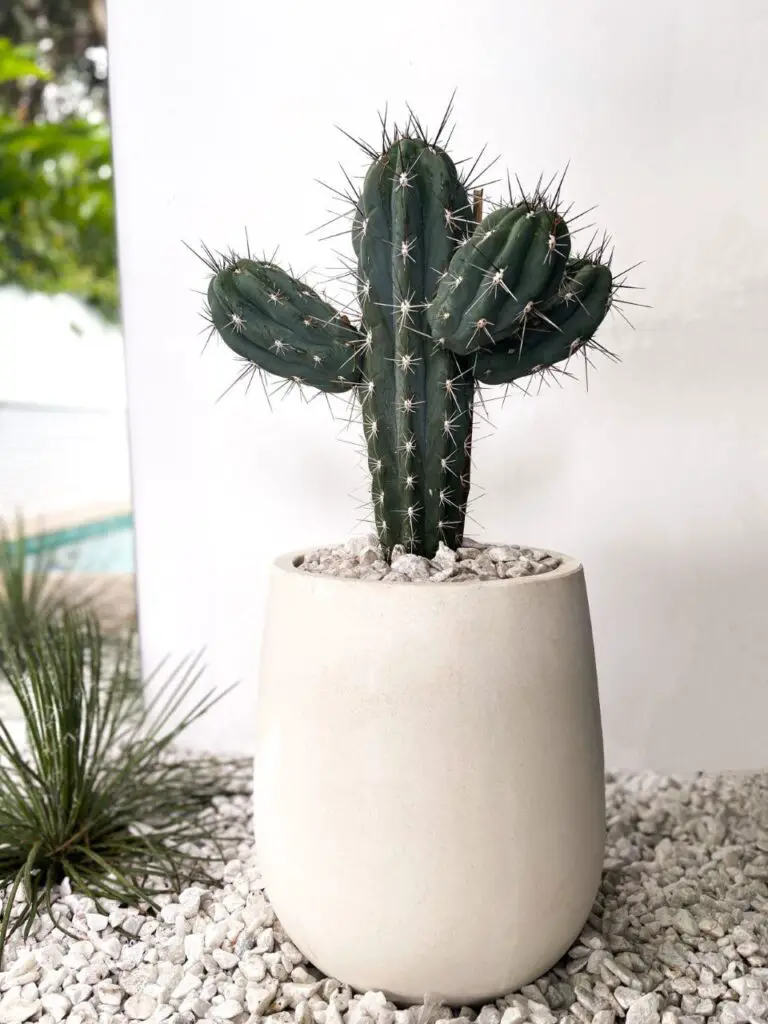
Understanding the Teddy Bear Cactus
This tree-like cactus thrives in dry climates and features spines that shimmer in sunlight, giving it a golden glow. While the spines play a defensive role, they also contribute to its unique aesthetic. With proper care, the teddy bear cactus can become a low-maintenance star in your garden or home.
Light Requirements
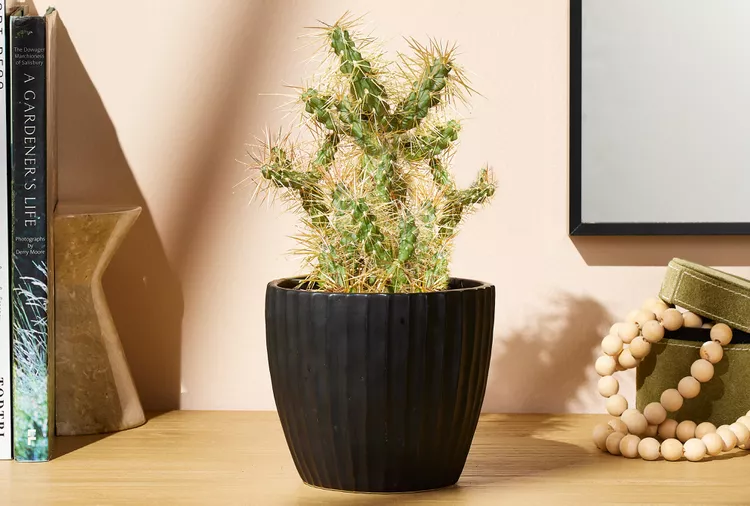
Full Sun is Key
Teddy bear cacti love basking in the sun. They need a minimum of 6 to 8 hours of direct sunlight each day to flourish. If you’re growing one indoors, place it in the brightest window possible, preferably south-facing. Insufficient light can lead to weak, elongated growth, a condition known as etiolation.
Outdoor Placement
In outdoor settings, ensure the cactus is planted in a spot that receives full sun throughout the day. Avoid areas where shadows might compromise its sunlight intake, as this plant thrives in unfiltered, intense light.
Soil Preferences

The Right Soil for Success
The teddy bear cactus needs well-draining soil to prevent water retention, which can lead to root rot. Sandy or gravelly soil mimics its natural habitat, ensuring optimal growth. A specialized cactus or succulent potting mix works wonders for this plant.
DIY Soil Mix
For enthusiasts, a custom mix can be made by combining regular potting soil with sand or perlite in a 1:2 ratio. This mix promotes drainage and provides the perfect growing medium.
Watering Guidelines
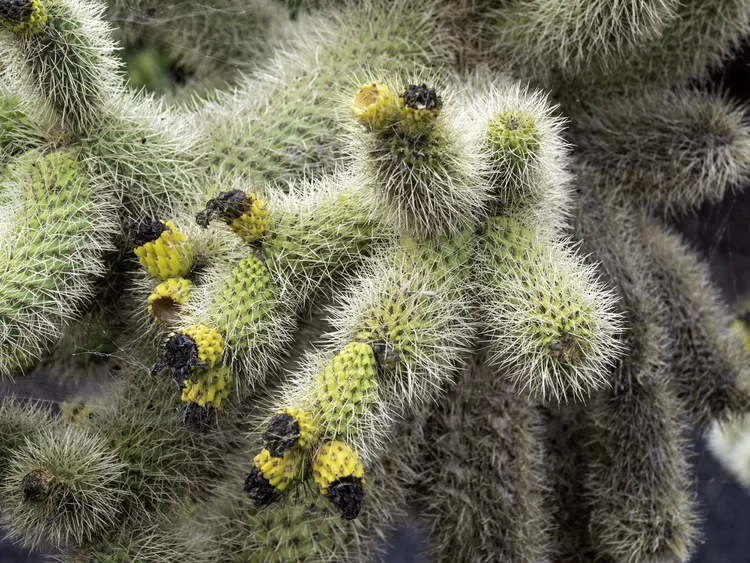
Low-Maintenance Hydration
The teddy bear cactus is highly drought-tolerant. Water it sparingly, allowing the soil to dry out completely between watering sessions. Overwatering is a common mistake and can be fatal to this cactus, causing its roots to rot.
Seasonal Adjustments
- Summer: Water every 2 to 3 weeks, depending on the heat and humidity.
- Winter: Cut back significantly, watering only once a month or less, as the plant enters dormancy.
Temperature and Humidity Needs
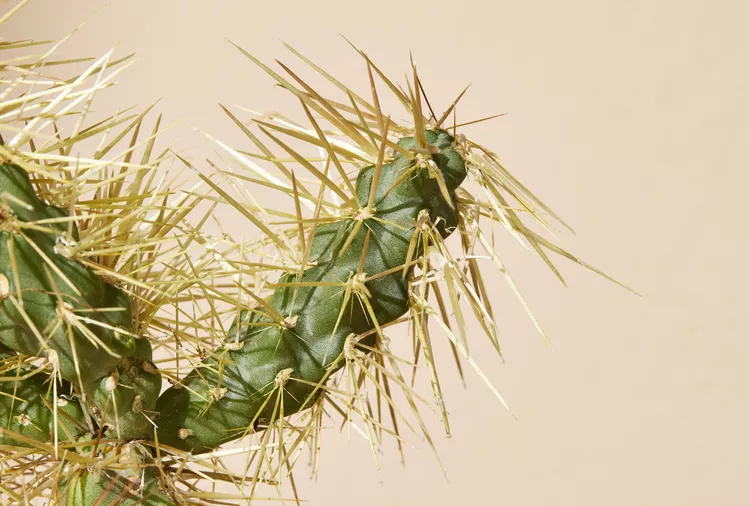
Warmth Over Frost
This cactus thrives in warm, arid conditions. It is best suited for USDA hardiness zones 9 to 11, where temperatures remain above freezing. If you live in a cooler climate, consider growing the plant in a container that can be moved indoors during frosty periods.
Indoor Cultivation
When grown indoors, ensure low humidity levels and consistent warmth. Avoid placing the cactus near drafts or air conditioners, as abrupt temperature changes can stress the plant.
Fertilization Tips
Feeding Your Cactus
During the growing season (spring and summer), a low-nitrogen fertilizer formulated for cacti and succulents can provide essential nutrients. Fertilize sparingly, typically once a month, to encourage healthy growth and vibrant appearance.
Avoid Over-Fertilizing
Too much fertilizer can lead to nutrient burn and weak, unnatural growth. Always follow the product’s instructions and err on the side of caution.
Propagation Made Simple
Effortless Multiplication
The teddy bear cactus is surprisingly easy to propagate. Its barbed segments detach readily and can root with minimal effort. Here’s how:
- Detach a Segment: Using thick gardening gloves, carefully remove a healthy segment from the plant.
- Dry Out the Cutting: Let the cutting sit for a few days to allow the wound to callus over.
- Plant in Soil: Place the cutting in sandy, well-draining soil and water lightly. Roots should form within a few weeks.
Related Topics:
Common Problems and Solutions
Pest-Free but Watchful
While the teddy bear cactus is generally pest-resistant, occasional infestations of mealybugs or scale insects can occur. These pests can be treated with neem oil or insecticidal soap.
Preventing Root Rot
Root rot is the primary concern for this cactus, often caused by overwatering or poor drainage. To prevent this:
- Use well-draining soil.
- Water sparingly.
- Ensure pots have drainage holes.
Weak Growth
If your cactus appears spindly or pale, it’s likely not receiving enough light. Move it to a sunnier location and monitor its progress.
Interesting Uses and Facts
- Edibility: The cactus’s fruit and flower buds are edible when boiled, offering a unique culinary experience for adventurous foodies.
- Wildlife Habitat: In its natural environment, the teddy bear cactus provides shelter for desert animals and birds.
Handling Precautions
Safety First
Handling the teddy bear cactus requires caution. Always wear thick gardening gloves and protective clothing to shield yourself from its barbed spines. These spines can latch onto skin and fabric, making removal challenging and painful.
Dealing with Spines
If spines do attach to your skin, use tweezers or adhesive tape to remove them gently. Avoid pulling directly with your fingers, as this can worsen the injury.
Creating a Desert Oasis
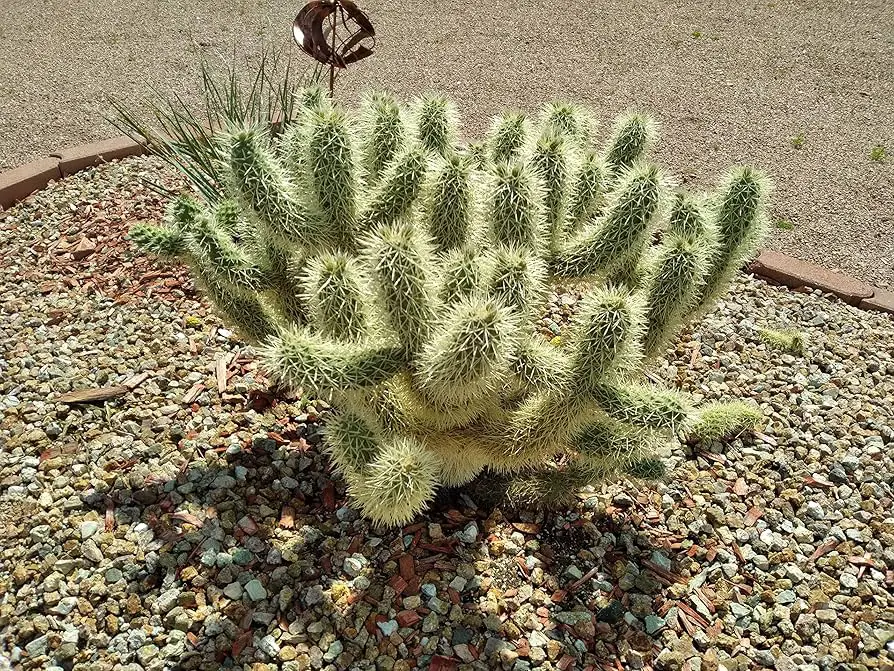
Landscaping with Teddy Bear Cacti
In outdoor gardens, this cactus pairs beautifully with other desert plants like agave and yucca. Its golden spines catch the light, creating a dazzling display that’s both artistic and low-maintenance.
Indoor Decor
For indoor settings, place the cactus in a decorative, well-draining pot. Pair it with minimalist decor to highlight its sculptural beauty.
Conclusion: A Prickly Treasure
The teddy bear cactus is a captivating plant that brings the rugged charm of the desert to your home or garden. While its care demands attention to light, soil, and watering, it rewards growers with stunning resilience and beauty.
With the proper precautions and a little love, this cactus can thrive as a showpiece in any collection. Embrace the unique allure of the teddy bear cactus and enjoy the journey of nurturing a piece of the desert’s splendor.

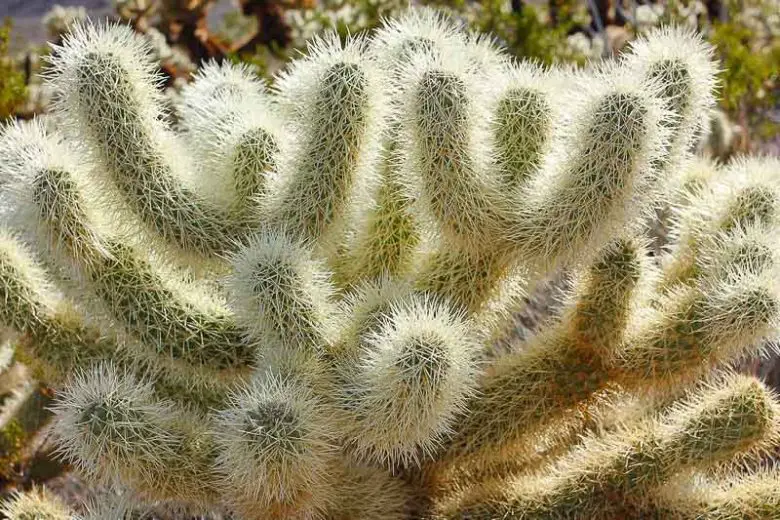
2 thoughts on “Guide to Teddy Bear Cactus Care: Tips for a Thriving Desert Beauty”